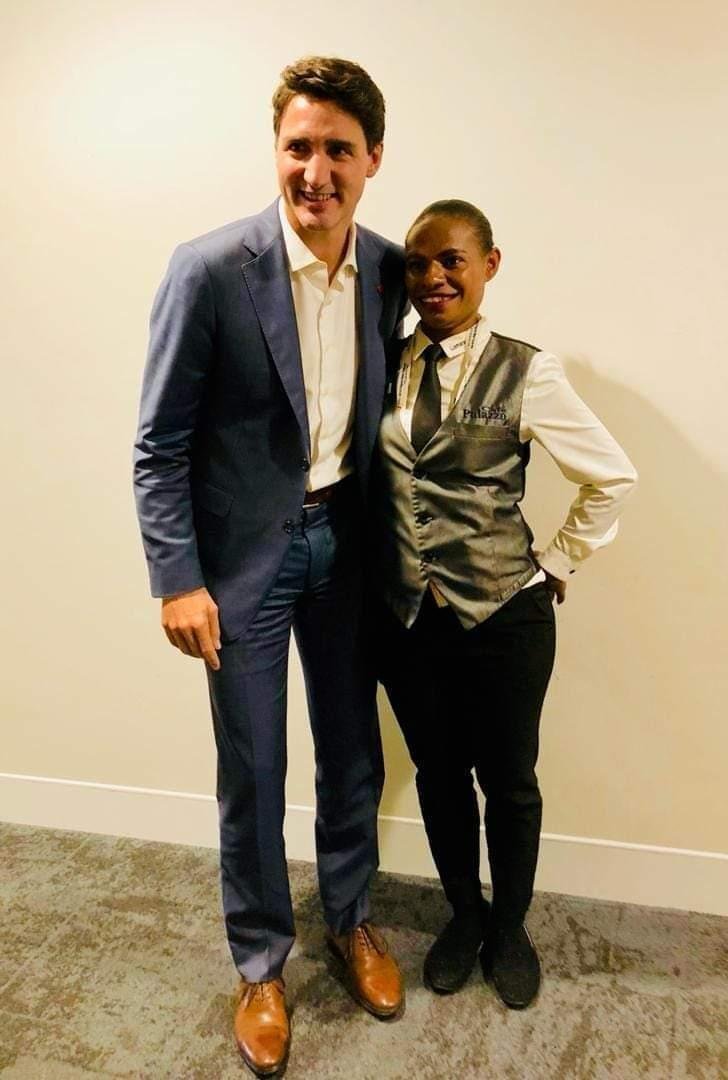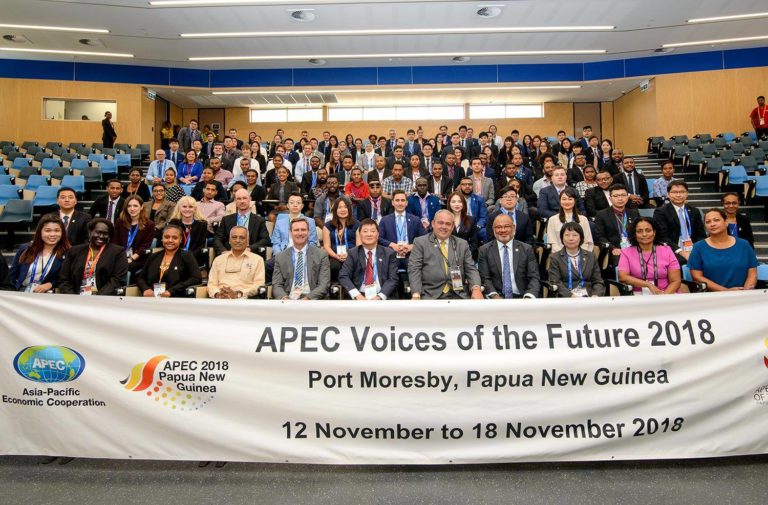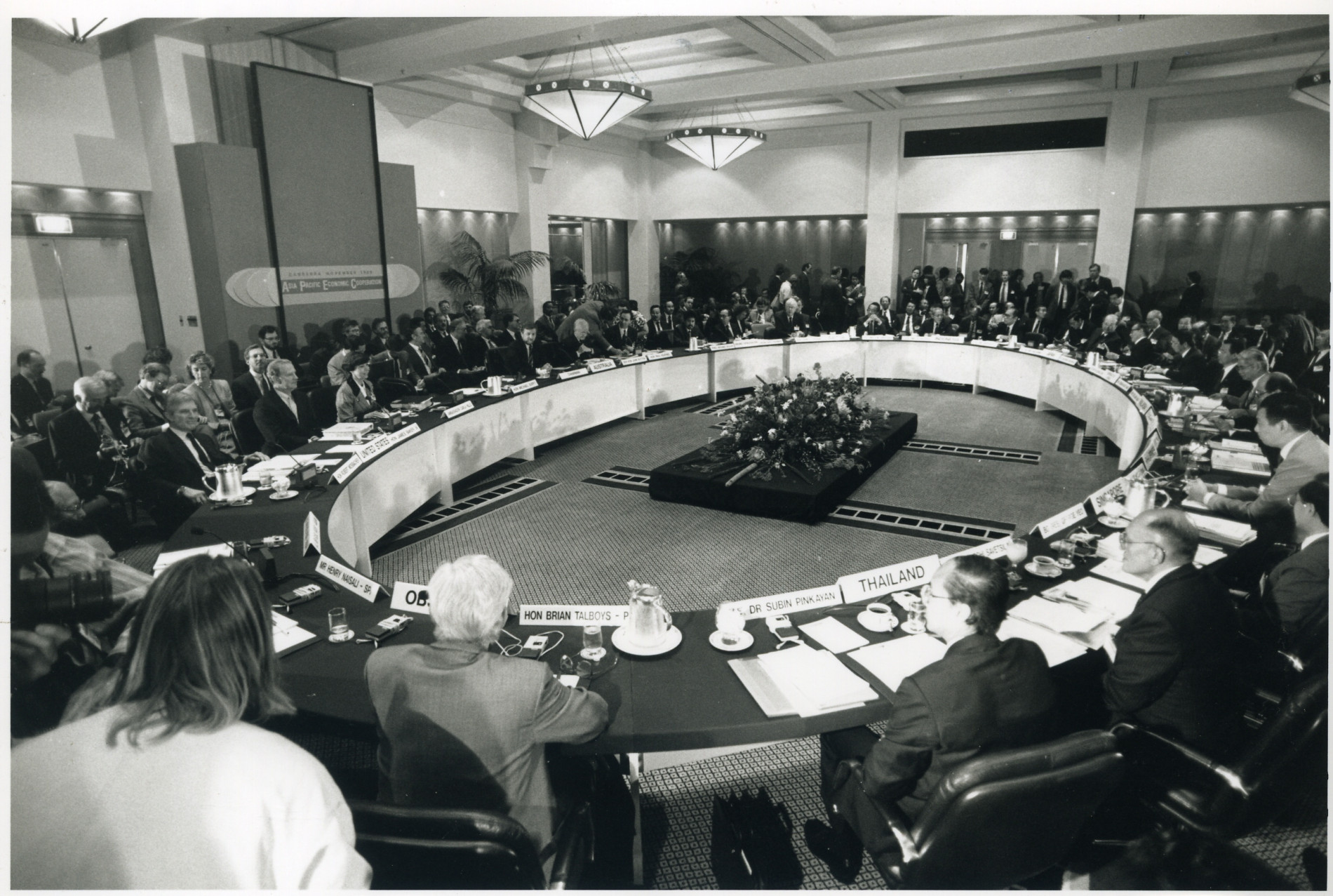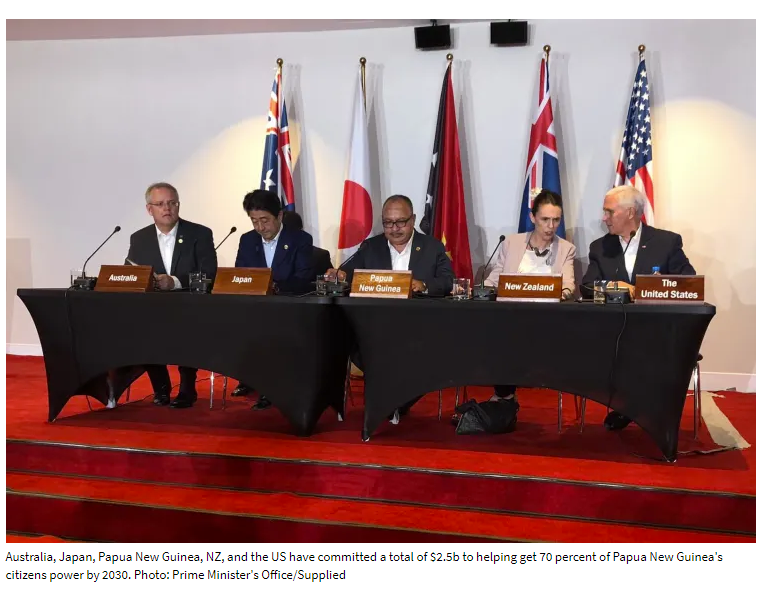4 Powerful Lessons APEC Can Teach Us About Leadership
One of the major questions we hear in our training workshops is ?how has leadership changed and what does a leader really look like today??
Ever-evolving cultural norms, collaboration across borders, advancements in technology and shifts in the socio-economic sphere have combined to create this turbulent VUCA world where the only real constant is change.
In the 21st century, even the very face of leadership has changed. There is no longer a defined roadmap to becoming a leader, nor a single measure to define what is and isn’t leadership.
Without this leadership ?roadmap?, it is hard to navigate the changing world of work and ensure we are building resilient and effective leaders.
The recent APEC (Asia Pacific Economic Cooperation) Summit in Port Moresby certainly underscored the layering of complexities and ambiguity that our leaders face.
Aside from the mainstream conversations, the dialogue I loved most was the stories of how great leaders were engaging and making a real difference. Like many of the world’s most successful leaders, these ambitious professionals share a few common traits:
1. Leadership requires courage and determination
New Zealand Prime Minister Jacinda Ardern played a pivotal role at this year’s APEC, truly embracing Summit’s theme of ?harnessing inclusive opportunities? and ?embracing the digital future?. In her presentation, she championed inclusive trade and emphasised the need for the world’s political leaders to find solutions to current issues so that nobody is left behind.
Her courage and determination to take the longer term view were clearly on display. It’s not easy to challenge the status quo and propose new ways of thinking. In a world with high levels of complexity and ambiguity, the ability to maintain momentum and keep driving new initiatives can truly make a difference.
2. To have a real impact as a leader, make real connections
One of the stories from APEC I was most inspired by was an encounter between Canadian Prime Minister Justin Trudeau and a waitress. On the final night of APEC, he personally thanked a young server for her high levels of service at APEC Haus, and even took the time out to get a photo with her.
Image source: LinkedIn
As a direct result of his actions, this is a point in her life she will never forget.
It doesn’t necessarily take a long time or a high degree of effort to make real connections that positively impact others. What it does take is a different approach and a genuine focus on people.
For modern leaders, the ability to make genuine connections is paramount to ongoing success. Behind the corporate mantas, values, vision and policies ? organisations are just groups of people working together, so the ability to connect with and inspire those people is an essential component of leadership.
3. Never be afraid to present new ideas
As part of APEC’s ?Voices of the Future? program, 93 high-performing young leaders from around the globe came together at the Summit to discuss and present collaborative solutions on issues facing today’s youth population.
Image source: ExxonMobil PNG
Despite being from countries with vastly different cultures, national identities and goals ? the leaders have one trait in common: their willingness to explore and share new ideas.
This years? young leaders presented on major topics – from digital innovation through to the role of education in preparing youth for the future. Addressing these topics is challenging for even the world’s most accomplished leaders, scholars and CEOs, so to stand up and present new ideas in such a public forum is admirable ? and something we can all aspire to, regardless of age.
At some point along the line, these young professionals put their hands up to speak on the world stage, challenge the status quo and contribute with impact. No matter your age, the ability to generate new ideas and find ways of thinking will be critical factors for leadership success.
4. Empower others to find a common identity
Founded in 1989 by Australia’s then-Prime Minister Bob Hawke, APEC began with an ambitious vision ? to establish strong economic opportunities in the Pacific.
In a time where the majority of APEC member economies comprised just a fraction of the world’s GDP, developing an initiative that would aim to build a common identity for the region was undoubtedly ambitious.
The impact of leaders joining together under a common banner can hardly be understated.
Since APEC was proposed, it has grown from 12 to 21 member economies who now account for more than 60% of the entire world’s GDP. The leaders? willingness to find common ground has since supported an increase in trade throughout the area and championed joint development initiatives that have impacted millions of people.
These are just some of the key leadership traits we can use as examples to understand what leadership in action really looks like. Great leadership is critical during turbulent times, and we certainly need great leaders now.
If you are looking to build leadership competency within your organisation, we would love to chat to you about our Transformational Leadership programs and how your teams could benefit from understanding dimensions of self-leadership; leadership of others; team leadership and how to lead lasting change.
www.peopleconnexion.com/training/transformational-leadership




